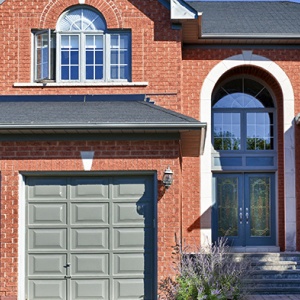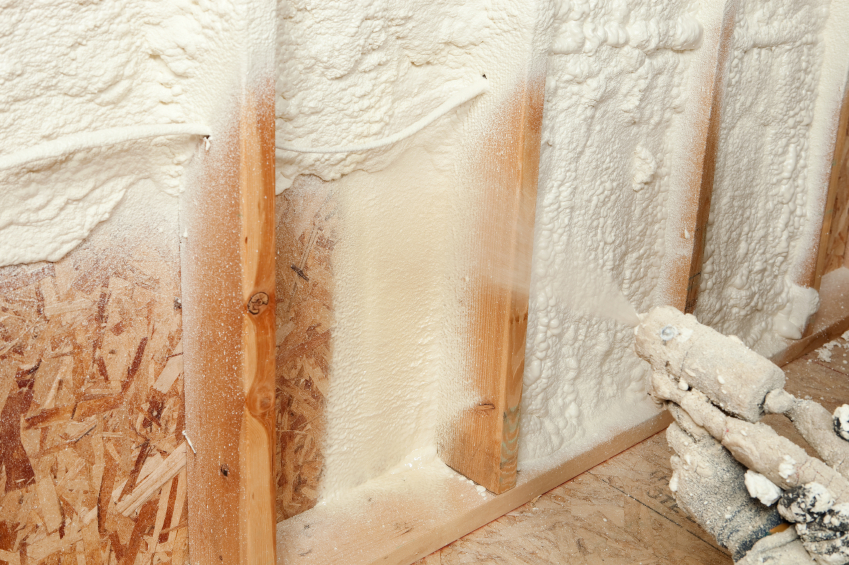Fireplaces are popular for heating homes and providing a beautiful look for living rooms. When a homeowner decides to install a fireplace, they have to choose between gas or wood for their fuel source.
While both options have their benefits, they can also have their drawbacks. It’s important to understand what you’re getting before you choose between a gas and wood fireplace.
In this article, we’ll discuss the pros and cons of gas and wood fireplaces and how to choose the right system for you and your family.
Wood Fireplaces: Pros and Cons
Wood fireplaces offer a range of benefits that many homeowners can appreciate. A few benefits of wood fireplaces include:
- Aesthetic appeal: Wood fireplaces offer a beautiful look to any room and a traditional aesthetic that many enjoy.
- Low fuel cost: Fireplace wood is very easy to come by, making it inexpensive to heat your home with these systems.
- Emergency heating source: When you own a wood fireplace, you can have peace of mind that you’ll always have a reliable heat source.
- Sustainability: Wood fireplaces use a very ample fuel source that can be sustainably sourced.
While wood fireplaces can be a great addition to a home, they don’t come without their potential drawbacks. Just a few disadvantages of wood fireplaces include:
- Maintenance needs: Wood fireplaces must be cleaned regularly, such as removing ashes and cleaning the chimney.
- Indoor air quality concerns: If poorly ventilated, a wood fireplace could add smoke to your home, reducing your air quality.
- Lower efficiency: Wood fireplaces take more wood than a gas fireplace requires to warm your home.
There are pros and cons to wood-burning fireplaces for Tennessee homes. If you’re considering a wood fireplace, a fireplace installation contractor can discuss this option in further detail.
Gas Fireplaces: Pros and Cons
Gas fireplaces are another great option for homeowners. Like wood fireplaces, gas fireplaces have many pros and cons. A few benefits of gas fireplaces include:
- Convenience: These systems are easy to use and keep clean.
- Low maintenance: Gas fireplaces are easier to maintain overall.
- Energy efficiency: The amount of gas used to heat your home is often less than the amount of wood needed for a wood fireplace.
- Clean-burning fuel: Natural gas is a clean fuel that won’t result in smoke.
Gas fireplaces also come with their fair share of disadvantages, such as:
- Higher initial costs: These units can cost more to install than wood fireplaces.
- Rely on gas supply: Gas fireplaces require a fuel line or an on-site fuel tank, which can lead to an interruption of service.
It’s important to know the pros and cons of wood and gas fireplaces before deciding on installation.
How Fireplaces Affect Home Heating and Insulation
Home fireplace installation can be a great way to warm areas of your home, but neither system will fully heat your entire place. Proper insulation throughout your home can help make your fireplace more effective.
When you have insulation throughout your walls, ceilings and attic, you can easily keep the heat of your fireplace inside the home, reducing the need to run the system constantly. Fireplace and home insulation experts can ensure that you get both a quality fireplace and energy-efficient insulation.
Which Fireplace Is Right for You?
Before hiring a fireplace installation contractor, consider the above pros and cons of each type of system. Wood fireplaces may be better for those looking for a traditional aesthetic and with access to inexpensive wood. A gas fireplace may be best for those who want a low-maintenance system.
Whatever your preference, count on home fireplace installation experts in Tennessee to handle the project.
Schedule Fireplace Services Now
Whichever type of fireplace seems more valuable for you, trust Therm-Con for installation. We can ensure you get the right system and the best insulation to maintain a warm home.
Contact Therm-Con today to discuss fireplace and insulation services in Tennessee.






